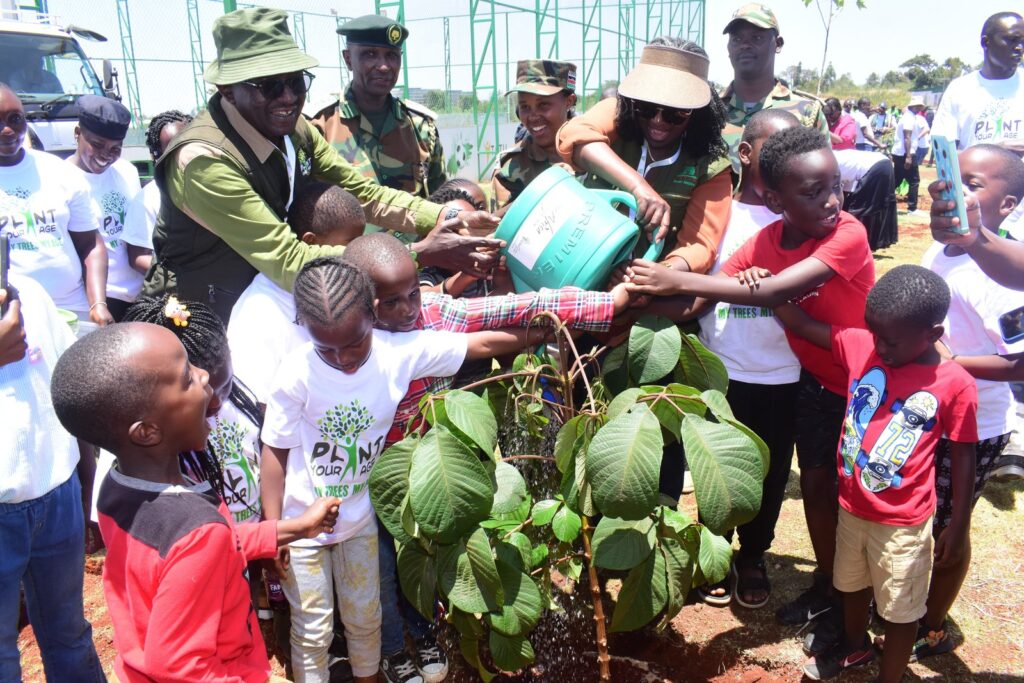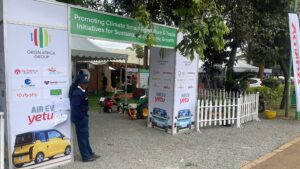After celebrating my birthday a few days ago, it hit me — I’ve crossed into the realm of ‘old age,’ where under normal circumstances, retirement in five years would seem inevitable. But as I pass the torch to guide young blood into shaping our green future, I realize there are secrets too valuable to be allowed to vanish with me. It’s time to reveal what must not be lost.
There has been deliberate misreporting of Kenya’s national forest cover. When I first presented a report in 2018 as chairp erson of the Kenya Water Towers and in collaboration with the Directorate of Resource Surveys and Remote Sensing (DRSSRS), the forest cover was accurately assessed at 7.1%. However, a subsequent report inexplicably adjusted the figure to 7.2%. Under pressure to meet the President’s 10% pledge, new studies by the Defence Forces and Kenya Forest Service (KFS) reported an increase to 8.83%, with a tree cover of 12.13%. A report report by DRSSRS and the Japan government showed it was only 6.1%. DRSSRS was quickly transferred to the Office of the President.
At first glance, the news of Kenya’s forest recovery seems promising. But the reality is different. How can our forest cover grow while deforestation continues? The answer lies in flawed practices and monitoring challenges. I highlight this not out of conflict with KFS — which I greatly respect — but to ensure we address these issues and face the truth before it harms our future.
Firstly, forest cover is a politically sensitive issue, especially as Kenya positions itself as a global environmental leader. For this reason, KFS and DRSSRS have constantly faced intense political pressure to inflate figures. Despite ongoing deforestation across the Water Towers, report after report continues to show increasing forest cover. This apparent massaging of figures is extremely dangerous. Political leaders tend to prioritize short-term election victories or global talking points, but this often comes at the expense of our very future, the environment. If we can’t trust the data, how can we make informed conservation decisions?
Secondly, KFS and DRSSRS rely on outdated data collection methods, depending on manual surveys rather than modern satellite-based systems. This makes it easier to manipulate data or selectively report, often overlooking deforestation hotspots. For example, while areas like Nyeri and Elgeyo Marakwet are reported to have increased forest cover, illegal logging continues unabated in regions like the Aberdares. Satellite data from platforms like Global Forest Watch paint a much grimmer picture.
Thirdly, corruption has long stifled meaningful conservation efforts. Funds intended for reforestation are often embezzled, leaving basic forest management underfunded. A prime example is the PELIS (Plantation Establishment and Livelihood Improvement Scheme), where community involvement in tree planting has been undermined by poor supervision and mismanagement, resulting in neglected tree growth and the spread of invasive species.
Fourthly, illegal logging and charcoal production, particularly in counties like Kitui, Narok, and Garissa, are often downplayed by KFS. In some cases, local officials and forest officers have allowed these destructive activities to continue. While reports suggest high forest cover in regions like Lamu and Turkana, the reality on the ground shows ongoing ecosystem degradation.
Fifth, the government’s 15-Billion Trees Campaign is ambitious yet poorly funded. Initially, the plan envisioned about Kshs 50 billion annually, but this year, the ministry has received only Kshs 500 million — a far cry from the necessary investment. Further, tree planting is often celebrated, but little attention is given to tree survival rates. In semi-arid areas, with scarce water and no follow-up care, survival rates can be as low as 40%. Planting trees is only the beginning — they must be nurtured for true success.
Finally, accountability is crucial, but this is not just the government’s responsibility. As citizens, we too, must act. The Plant Your Age initiative reminds us that each of us holds the power to secure a greener, healthier Kenya. Let’s plant, grow, and care for our trees. Think green, act green.



